 |
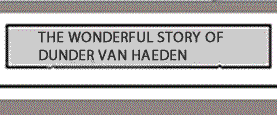 |
 |
|||||||||||||||||
 |
|||||||||||||||||||
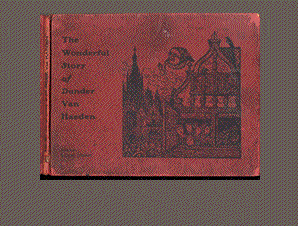 |
|||||||||||||||||||
 |
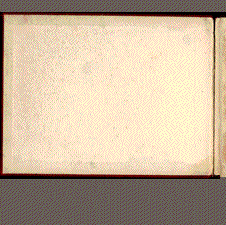 |
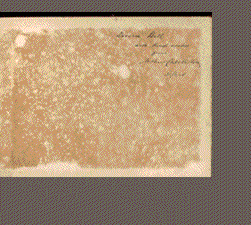 |
|||||||||||||||||
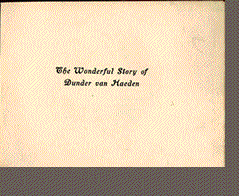 |
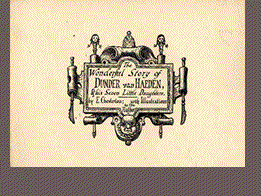 |
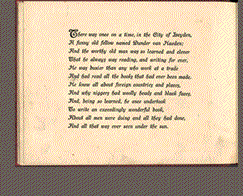 |
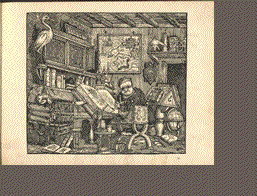 |
||||||||||||||||
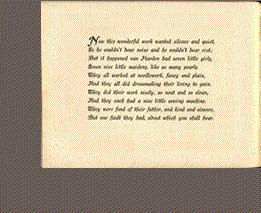 |
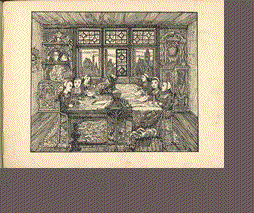 |
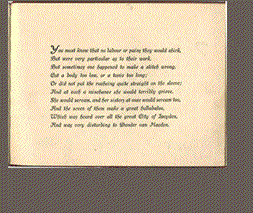 |
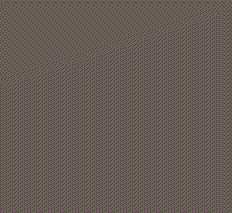 |
||||||||||||||||
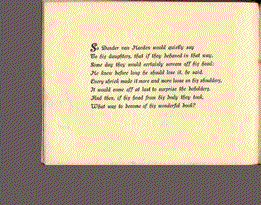 |
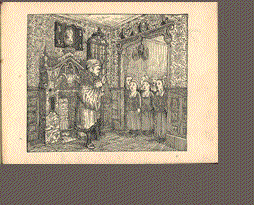 |
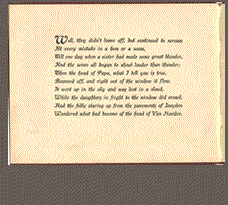 |
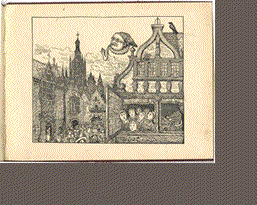 |
||||||||||||||||
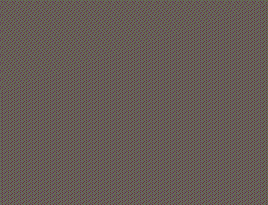 |
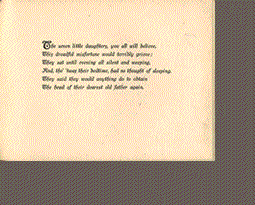 |
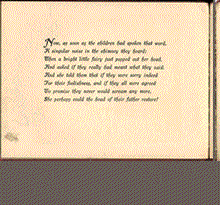 |
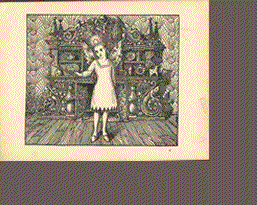 |
||||||||||||||||
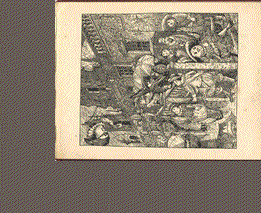 |
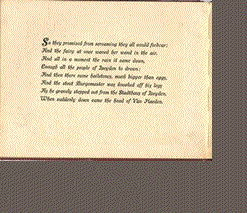 |
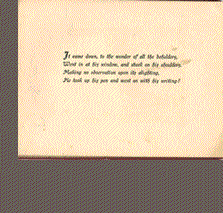 |
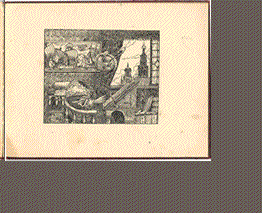 |
||||||||||||||||
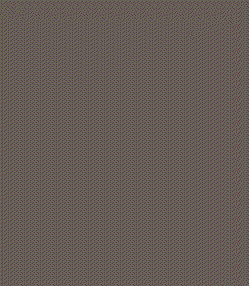 |
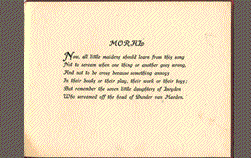 |
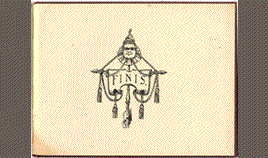 |
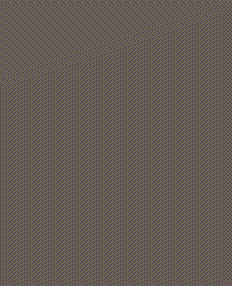 |
||||||||||||||||
 |
|||||||||||||||||||
The book measures 19 x 25cms. This is the story told by Edward Chesteron to his young sons Gilbert and Cecil. G.K. claimed in his autobiography that it was never published. But here is the living evidence that it was, and a very odd affair it is too.The charm lies in the encrusted detail that piles up, layer upon layer in the depictions of the house. The Hullaballoo made by seven daughters when mistakes in dressmaking occur, distracts the Scholar Sage whose head goes off on its own for a spot of peace much to the daughters' distress. A rather limp fairy with her shoes on the wrong feet appears and explains that Scholars need Peace. Once the daughters have regretted the inconvenience they caused, the head rejoins the body and the Family (not to mention the citizens of Leyden) lives happily ever after. The plate showing the hailstones falling in the town reveals that Edward's strengths didn't lie with figure drawing, but in invented architectural detail akin to a frenzied form of doodling. Whewn in doubt keep hatching is his maxim - woodgraining, brickwork and bottle glass. Edward was in a long line of Chestertons & Sons based in Kensington, London and founded in 1805. The book is signed by Arthur Chesterton - unlikely to be Edward's father who, if he had been alive, would have been in his nineties. G.K.'s cousin Arthur (the far right journalist) would have been 12 at the time of the inscription of this copy. Arthur Chesterton however was to become Publicity Director of the British Union of Fascists in 1933. Doreen Bell was the BUF's Women's Organiser, a most unsuitable dedicatee of the Wonderful Story of Dunder Van Haeden. G.K.Chesterton also had a visual sense and some graphic skill, attending the Slade School of Art with a view to being an illustrator.His tutors identified a talent for the decorative and the grotesque that sounded much like his father's abilities. Like his father's it was doubtful that further practice and teaching would allow any form of further artistic development. |